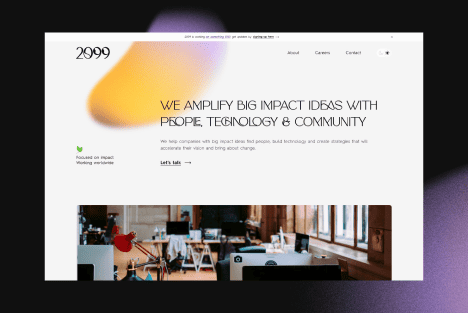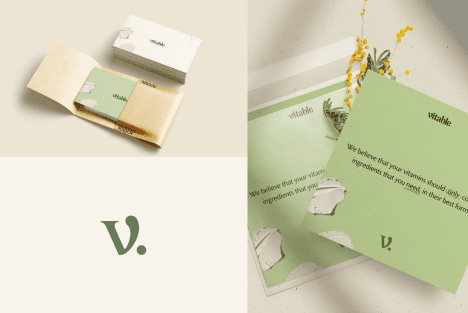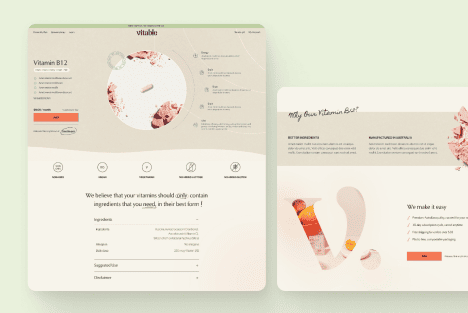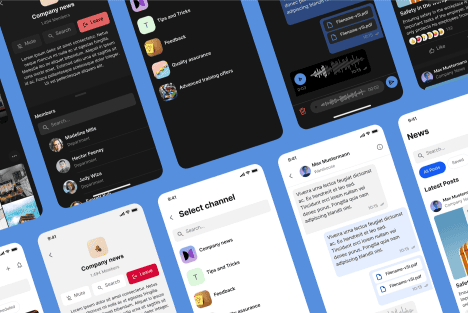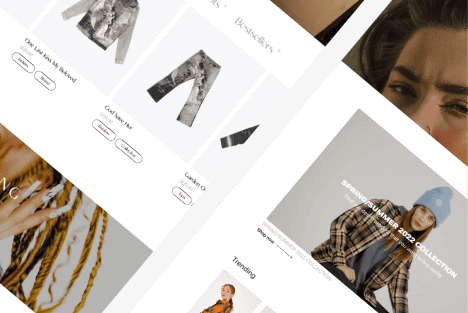Did you know that, according to research, design-driven companies have outperformed the S&P Index by 219% over the past decade? This impressive statistic underscores the critical importance of design in achieving business success. At Almax Design Agency, we believe that innovative design is the cornerstone of making your brands better. Our innovative design strategies make your brands better and more competitive in the market. This comprehensive guide will delve into various key design strategies contributing to better branding, covering everything from color psychology and minimalist design to interactive elements and sustainable practices. By understanding and applying these techniques, you can ensure your brand stands out, resonates with your audience, and achieves lasting success.
Understanding the Importance of Design in Better Branding
Design is much more than just a visual element; it is a powerful tool for communicating your brand’s values, mission, and personality. Our innovative design strategies make your brands better and more competitive in the market. Effective design can establish a robust visual identity, build trust with your audience, and differentiate your brand from competitors.
- Strong Visual Identity: Consistent use of logos, colors, and typography creates a memorable and recognizable brand image. This helps establish a visual language that your audience can easily identify.
- Trust Building: Professional and cohesive design elements enhance your brand’s credibility and reliability. A well-designed brand conveys a sense of professionalism and attention to detail.
- Differentiation: Unique design elements set your brand apart in a crowded market. By distinguishing your brand visually, you can capture the attention of your target audience more effectively.

The Role of Color Psychology in Brand Perception
Color psychology plays a crucial role in how consumers perceive and interact with your brand. Different colors evoke various emotions and associations, which can significantly influence purchasing decisions and brand loyalty.
- Red: Often associated with energy, passion, and urgency, red can stimulate strong emotions and encourage action.
- Blue: Commonly linked to trust, calmness, and professionalism, blue can create a sense of security and reliability.
- Green: Evoking feelings of growth, health, and tranquility, green is ideal for brands related to nature and wellness.
- Yellow: Representing optimism, happiness, and warmth, yellow can attract attention and create a cheerful atmosphere.
By carefully selecting your brand’s color palette, you can create a more impactful and memorable brand perception that aligns with your brand’s values and message.

Incorporating Minimalist Design for Maximum Impact
Minimalist design focuses on simplicity and functionality, removing unnecessary elements to highlight what truly matters. This approach can make your brand’s message clearer and more impactful. Effective branding solutions are essential for making your brands better recognized and trusted by customers.
- Clarity: Simplified design helps convey messages more effectively by removing clutter and focusing on essential elements.
- Focus: Minimalist design draws attention to key elements and calls to action, making it easier for your audience to engage with your brand.
- Elegance: Clean and uncluttered design exudes sophistication and modernity, which can enhance your brand’s image.
Incorporating minimalist design principles can help in creating a visually appealing and user-friendly experience that enhances your brand’s overall impact.
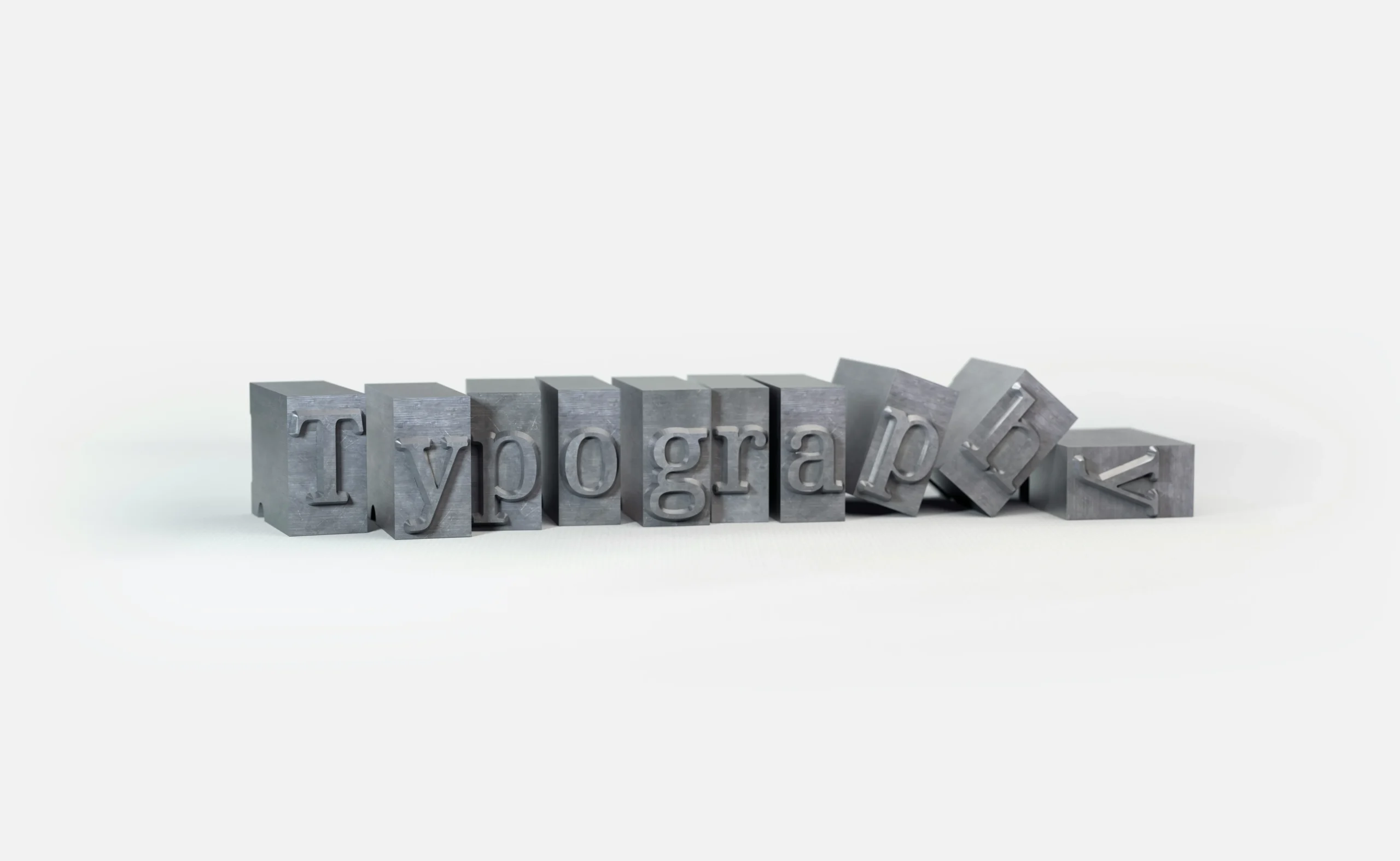
Leveraging Typography to Strengthen Brand Identity
Typography is a critical component of your brand’s visual identity. The right fonts can convey professionalism, creativity, or playfulness, aligning with your brand’s personality and message. Almax specializes in developing unique UI and UX designs that elevate your brands better than a simple ad campaign.
- Font Selection: Choose fonts that reflect your brand’s tone and values. For instance, serif fonts can convey tradition and reliability, while sans-serif fonts often represent modernity and simplicity.
- Consistency: Use a limited number of fonts across all brand materials to maintain a cohesive look and feel.
- Readability: Ensure fonts are legible across all devices and platforms, enhancing the user experience and accessibility.
By leveraging typography effectively, you can strengthen your brand identity and ensure consistent communication across all platforms.
Utilizing Interactive Design Elements to Engage Audiences
Interactive design elements, such as animations, hover effects, and interactive infographics, can significantly enhance user engagement and create a memorable user experience. By leveraging cutting-edge technology, we help our clients position their brands better than ever before.
- Animations: Captivate users with motion graphics and transitions that bring your brand to life and create a dynamic experience.
- Hover Effects: Provide instant feedback and interactivity, making the user experience more engaging and intuitive.
- Infographics: Simplify complex information and engage users through visual storytelling, making it easier to understand and retain information.
These interactive elements not only make your brand more dynamic and interesting but also encourage users to spend more time on your site, improving their overall experience and connection with your brand.
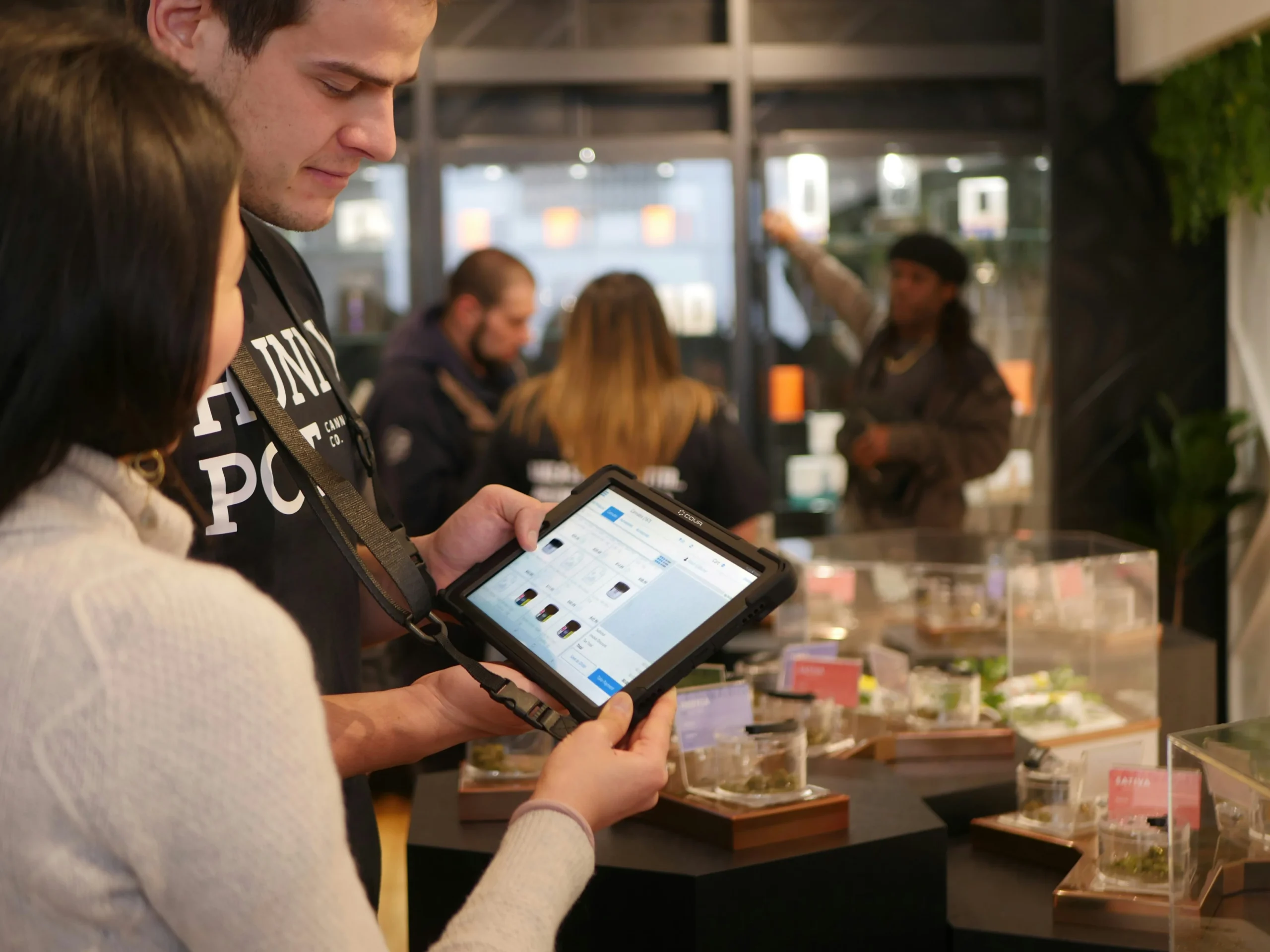
The Power of Consistency in Visual Branding
Consistency in visual branding is essential for building recognition and trust. By maintaining uniformity in colors, typography, imagery, and overall design style across all brand touchpoints, you create a cohesive and professional image that makes your brand more reliable and recognizable.
- Uniformity: Use the same design elements across all platforms and materials to create a seamless and professional look.
- Professionalism: Consistent design reinforces your brand’s credibility and reliability, building trust with your audience.
- Recognition: A unified look helps customers easily identify and remember your brand, increasing brand recall and loyalty.
Maintaining visual consistency ensures that your brand presents a polished and cohesive image that resonates with your audience.
How to Integrate Storytelling into Your Design Strategy
Storytelling is a powerful tool for creating emotional connections with your audience. By integrating storytelling into your design strategy, you can convey your brand’s journey, values, and mission in a compelling and engaging way.
- Visual Narratives: Use images, graphics, and videos to tell your brand’s story, creating a rich and immersive experience.
- Emotional Connection: Create relatable and engaging content that resonates with your audience on a personal level, fostering loyalty and trust.
- Consistency: Ensure your storytelling elements align with your overall brand message and design, creating a cohesive narrative.
Integrating storytelling into your design strategy can help build a deeper connection with your audience, making your brand more memorable and impactful.
Why You Need a Branding Mockup
A branding mockup is an essential tool for visualizing how your brand elements will look in the real world. It allows you to see how your logo, colors, typography, and other design elements work together across different mediums and applications.
- Visualization: Preview your designs in various contexts, such as packaging, websites, and promotional materials, before finalizing.
- Cohesion: Ensure all brand elements work together harmoniously, creating a consistent and professional image.
- Feedback: Gather input from stakeholders and make adjustments as needed, refining your designs to perfection.
Using high-quality branding mockups can significantly improve your design process, ensuring that your brands better resonate with your target audience by providing a realistic preview of how your brand elements will appear in real-world applications.
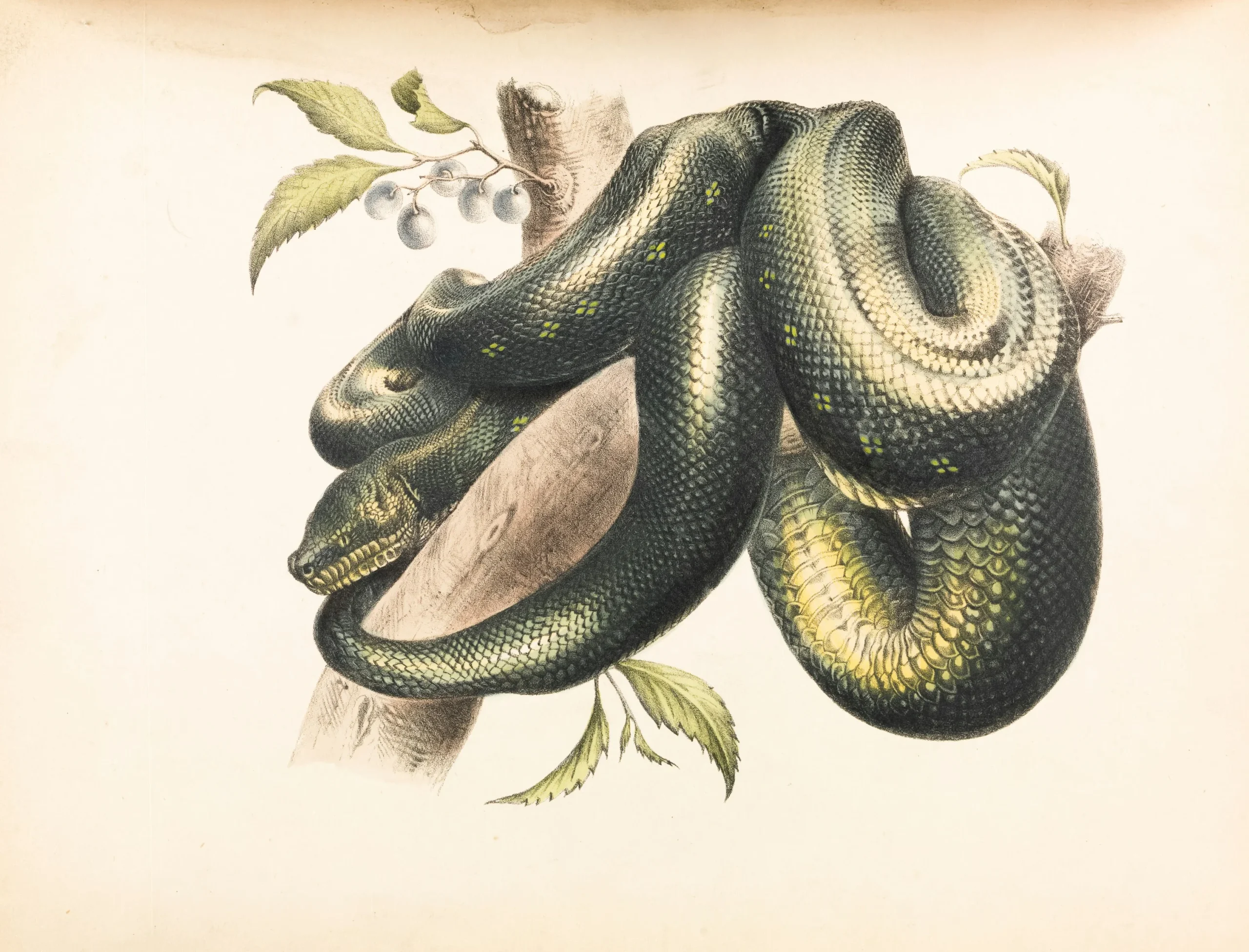
The Influence of Modern Illustrations on Brand Appeal
Modern illustrations can add a unique and personal touch to your brand, making it more relatable and engaging. By incorporating custom illustrations into your branding, you can differentiate your brand and create a distinctive visual style that resonates with your audience.
- Uniqueness: Stand out with custom, hand-drawn illustrations that reflect your brand’s personality and values.
- Relatability: Illustrations can depict scenarios and characters that resonate with your audience, creating a more personal connection.
- Versatility: Use illustrations across various platforms, from websites to social media, to create a cohesive and engaging visual experience.
Incorporating modern illustrations into your branding strategy can enhance your brand’s appeal and make it more memorable to your audience.
Using Data-Driven Design to Enhance Brand Performance
Data-driven design involves using analytics and user feedback to inform your design decisions. By understanding how users interact with your brand and what elements drive engagement, you can optimize your design to better meet your audience’s needs and preferences.
- Analytics: Track user behavior and interactions to identify strengths and weaknesses in your design.
- Feedback: Collect user feedback to gain insights into their preferences and pain points, informing your design decisions.
- Optimization: Use data to make informed design adjustments that enhance user experience and engagement, leading to better branding outcomes.
Data-driven design ensures that your brand’s design is not only aesthetically pleasing but also functional and user-centric, enhancing overall brand performance.
Tools and Resources for Implementing Cutting-Edge Design Techniques
There are numerous tools and resources available to help you implement cutting-edge design techniques. Utilizing advanced tools and resources, such as Adobe Creative Suite and Figma, helps make your brands better by enabling the implementation of cutting-edge design techniques that enhance visual identity and user engagement.
- Design Software: Adobe Creative Suite, Affinity Designer, and other design tools offer powerful features for creating professional and high-quality designs.
- Prototyping Tools: Sketch, Figma, and InVision allow you to create interactive prototypes and collaborate with your team, streamlining the design process.
- Collaboration Platforms: Trello, Asana, and Slack facilitate team coordination and feedback, ensuring a smooth and efficient design workflow.
Using these tools and resources, you can implement cutting-edge design techniques that enhance your brand’s visual identity and overall impact.
Conclusion: Design Techniques to Make Your Brands Better
In conclusion, innovative design techniques are essential for making your brands better. By understanding and leveraging the importance of color psychology, minimalist design, typography, interactive elements, and consistent visual branding, you can create a powerful and cohesive brand identity. Integrating storytelling and utilizing branding mockups further enhances your brand’s appeal and relatability. Additionally, adopting data-driven design practices and sustainable design techniques ensures that your brand remains relevant and responsible in the eyes of consumers. Learning from case studies and staying ahead of future design trends will position your brand for long-term success.
Balancing aesthetics with functionality and utilizing cutting-edge tools and resources will not only enhance your brand’s visual identity but also improve user experience and engagement. These strategies are crucial for creating a lasting and meaningful connection with your audience.
Contact Almax today to see how we can help you utilize design to make your brands better.
